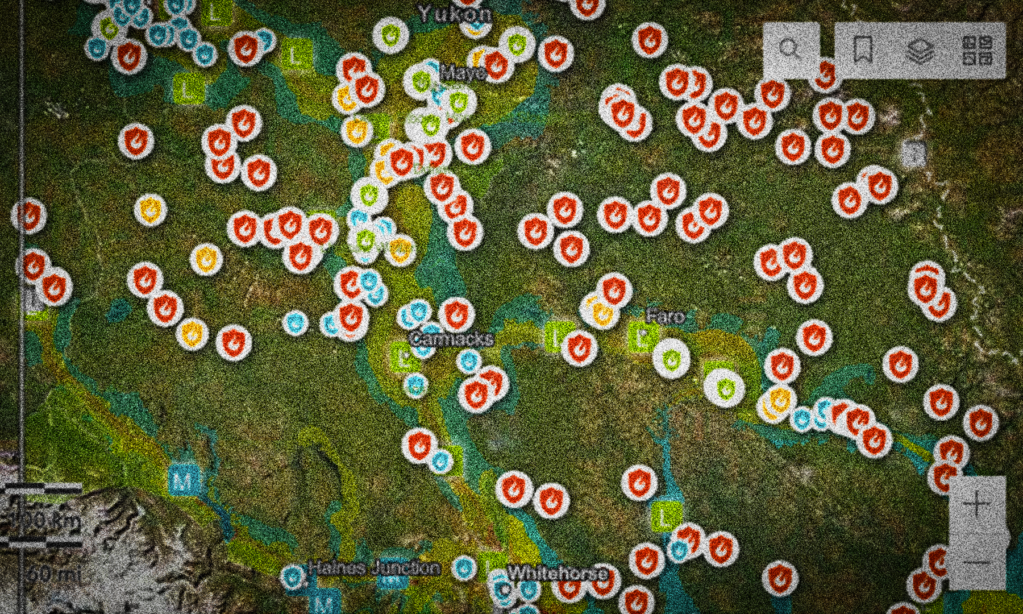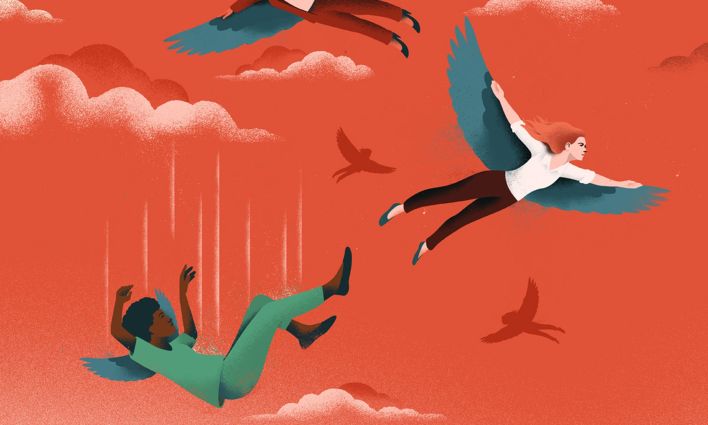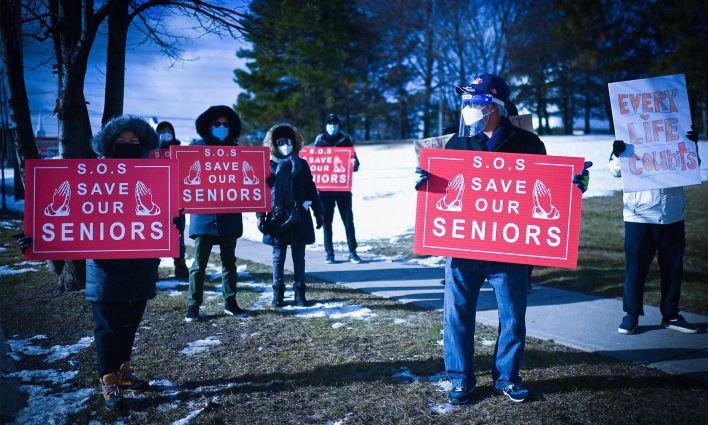“In all the years I’ve lived here, I’ve never seen prices like this in my lifetime.”
For Michael Racz, who has lived in the Yukon since the 1970s, grocery shopping this summer has become a bleak back and forth. On any given trip, he travels between four separate stores to find a fairly priced staple amidst nearly bare shelves. The backdrop of empty shelves, Out of Stock signs, and exorbitant price stickers have become commonplace across the country, especially in the North.
In June, Statistics Canada reported the rate of inflation at a staggering 8.1 per cent in June. An important part of that calculation includes the price of food, which shot up by 8.8 per cent over one year.
Though inflation in Whitehorse, Yukon is slightly lower than the national rate at 7.7 per cent, the upward creep of prices and lighter grocery baskets tell a deeper story than this number alone can account for.
From road closures to telecommunication failures, the Yukon has spent its summer months brushing up against wave after wave of crisis.
As the Yukon warmed up, the territory saw the highest number of wildfires in its history. As they spread, flames licked the edges of communities across central and Northern Yukon.
This story of isolation and empty shelves is one that Yukoners are becoming increasingly familiar with.
Amid the thick smoke and floating ash, the Yukon lost access to the North Klondike highway. Then, within days, a massive chunk of the Alaska highway in Northern B.C. washed out, damaging the Yukon’s fiber optic line along the way. This left the entire territory cut off from the rest of Canada by land, without Internet, phone services, and Interac just days before the rest of the country froze in response to the now infamous Rogers interruption.
This story of isolation and empty shelves is one that Yukoners are becoming increasingly familiar with. The already slow Internet rates and worsening climate catastrophes of this summer have trained us to, in a way, normalize the relentlessness of the affordability crisis.
Government and industry have the power to cushion the blow of these untenable prices but supports in the Yukon aren’t keeping up.
Though supports like social assistance rates are indexed to inflation, the Kafkaesque bureaucracy of these systems have locked the poorest Yukoners into poverty and the working poor are almost entirely shut out from receiving adequate support.
Other solutions to the cost crunch have largely been offloaded onto non-governmental organizations, like the Whitehorse Food Bank and the Yukon Anti-Poverty Coalition (YAPC). The food bank’s mandate is to provide emergency hampers of three days’ worth of food to folks who are in need, once a month. However, folks who routinely use the food bank seek support more often than once a month.
Kristina Craig, executive director of YAPC, notes that food and housing insecurity is unrelenting for Yukoners in poverty; relief doesn’t appear to be on the horizon.
Yukon’s minimum wage is a paltry $15.70 an hour, which is much lower than the official living wage. But even the living wage represents the absolute bare minimum that it takes to get by in the Yukon.
The Yukon’s living wage for a dual-income, two-child household is released annually by YAPC. This year’s report, which is the first since the pandemic began, is notably lower than its predecessor. The 2022 living wage went down to $18.28 an hour, from $19.07 an hour in 2019.
The report noted that prices went up by an average of five per cent and were largely offset by the Canada Child Tax Benefit and universal child care. Even so, the living wage represents the bare minimum that it takes for a family of four to survive; it takes more for them to thrive.
For Yukoners without children or single income households, $18.28 an hour is not nearly enough to live on—especially with relentlessly rising inflation.
“The takeaway is, if government figured out how to make life more affordable for the nuclear family, they need to now find ways to make life affordable for a single person or someone with one child by making public transit, housing and other goods accessible,” Craig says.
Right now, the government is languishing in counteracting the affordability crisis. This, coupled with increasingly frequent and volatile symptoms of the climate crisis, will only continue to interrupt, delay, and deny Yukoners’ equal access to affordable goods.
For all of the magic of living in the North, it is becoming an increasingly untenable for those in the working class. Without government intervention, people living in poverty are at risk of being pushed out altogether.







